Operating an induction quenching machine involves working with high temperatures and electrical currents, making safety paramount. Enhanced safety protocols not only protect operators but also contribute to the overall efficiency and reliability of the heat treatment process. This passage provides insights into how operators can elevate safety measures when working with induction quenching machines.
Comprehensive Training Programs
Begin with comprehensive training programs for operators. Ensure that individuals operating induction quenching machines have a thorough understanding of the equipment, its components, and the associated risks. Training should cover proper operating procedures, emergency protocols, and the use of personal protective equipment (PPE).
Safety standards and technology evolve, and ongoing training is crucial. Regularly update operators on the latest safety guidelines, equipment modifications, and industry best practices. This ensures that operators remain informed and capable of adapting to changes in safety protocols.
Personal Protective Equipment (PPE)
Operators should wear heat-resistant clothing to protect against radiant heat and potential splashes. Ensure that the clothing is appropriate for the temperatures generated during the quenching process. This includes heat-resistant gloves, face shields, and aprons to safeguard against accidental contact with hot surfaces or materials.
Given the electrical nature of induction quenching machines, operators must wear appropriate electrical safety gear. Insulated gloves, safety boots, and other gear designed to protect against electrical shocks are essential. Regularly inspect and replace PPE as needed to maintain its effectiveness.

Emergency Response Preparedness
Establish clear and easily accessible emergency shutdown procedures. Operators should be trained to initiate a swift shutdown in case of any unexpected events or hazards. This includes understanding how to cut off power to the induction quenching machine and any associated equipment.
Equip operators with basic first aid training to address minor injuries promptly. Having first aid kits and emergency response plans in designated areas further enhances the overall safety of the working environment. Training should cover the specific injuries or conditions that may arise in the context of operating induction quenching machines.
Workplace Safety Measures
Induction quenching processes may produce fumes or vapors, necessitating proper ventilation systems. Ensure that the working environment is well-ventilated to prevent the accumulation of harmful gases. Adequate ventilation also contributes to a more comfortable working environment for operators.
Implement machine guarding and barriers to prevent accidental contact with moving parts or hot surfaces. Clearly mark restricted areas and ensure that operators understand the importance of adhering to designated safety zones. This proactive measure minimizes the risk of accidents during the quenching process.
Regular Equipment Inspections
Conduct regular inspections of the induction quenching machine to identify and address potential safety concerns. Inspect electrical components, cooling systems, and any moving parts for signs of wear, damage, or malfunction. Timely identification and resolution of issues contribute to a safer operational environment.
Follow a strict schedule for equipment maintenance, adhering to the manufacturer's recommendations. Regular maintenance ensures that all components operate at their optimal capacity, reducing the likelihood of unexpected failures or safety hazards during operation.
Enhancing safety protocols when operating an induction quenching machine is a shared responsibility that involves both operators and management. By prioritizing comprehensive training programs, providing adequate personal protective equipment, ensuring emergency response preparedness, implementing workplace safety measures, and conducting regular equipment inspections, operators contribute to fostering a culture of safety. A safety-conscious approach not only protects individuals working with induction quenching machines but also establishes a foundation for efficient and reliable heat treatment processes.

 en
en  cn
cn  jp
jp  ko
ko  de
de  es
es  it
it  ru
ru  pt
pt  th
th  vi
vi  pl
pl 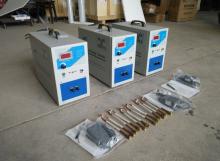
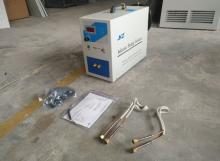

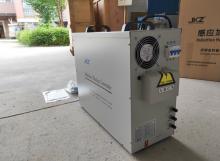


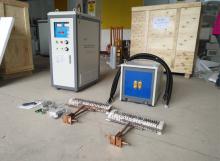
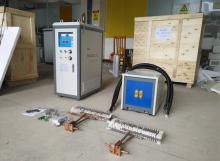

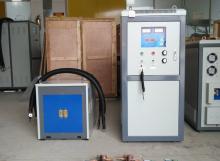

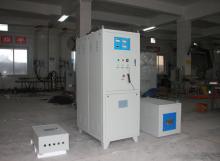

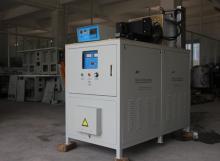
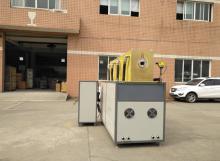
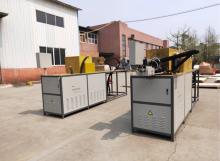
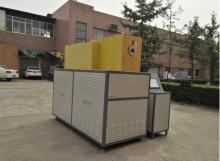
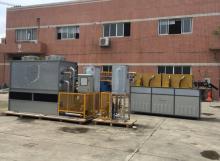
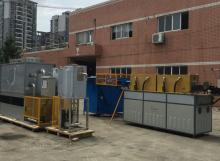
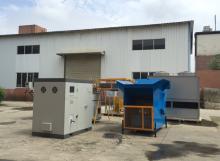
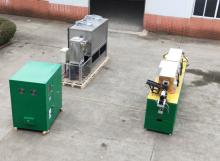
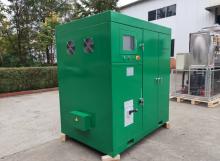
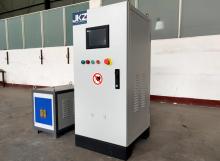
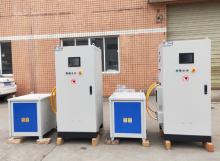



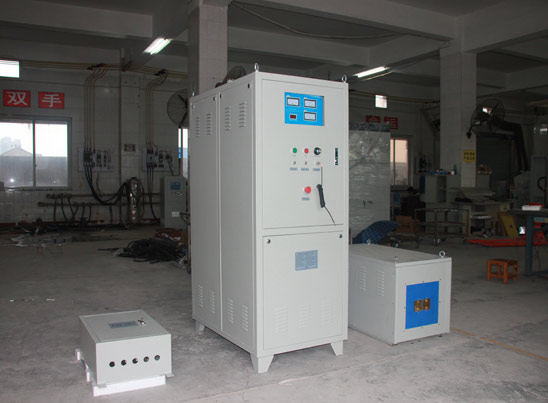
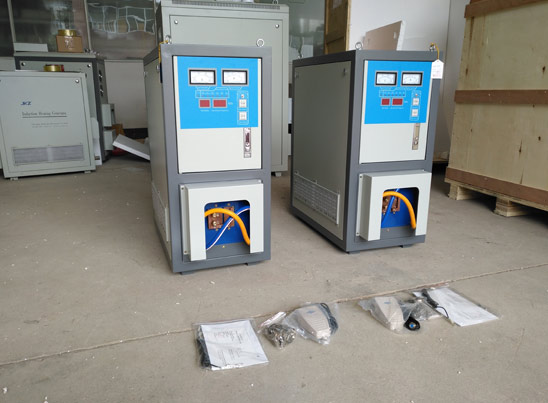






 Call us on:
Call us on:  Email Us:
Email Us:  NO. 688th South Baoguang Road, Xindu District, Chengdu City, Sichuan Province, China
NO. 688th South Baoguang Road, Xindu District, Chengdu City, Sichuan Province, China